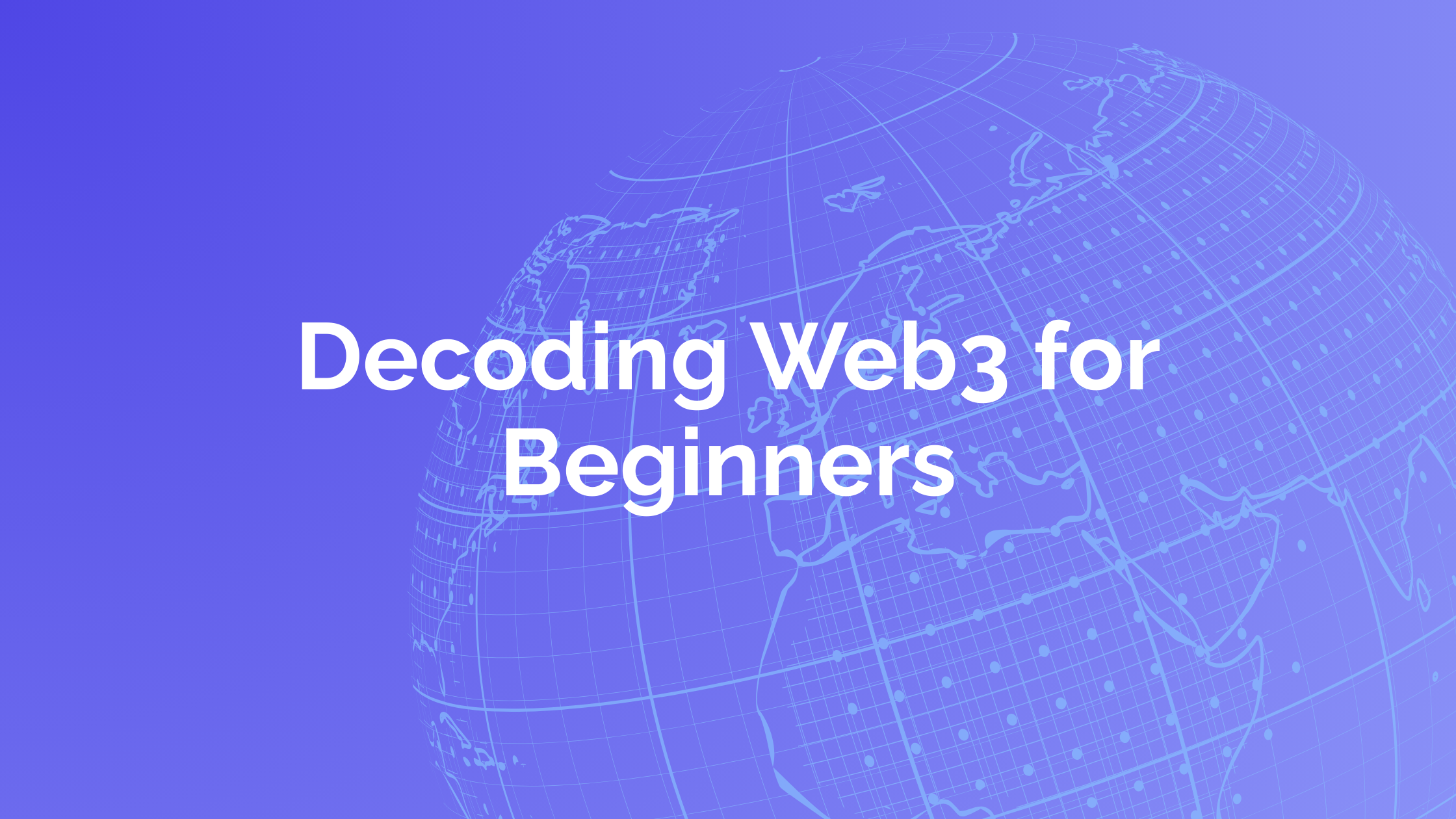Decoding Web3 for Beginners: A Gateway to the Decentralized Internet

Web3 is the next evolution of the internet, promising decentralization, user ownership, and enhanced privacy. For beginners, understanding Web3 can be overwhelming, but its implications are vast, from blockchain-based apps to DeFi. One of the foundational elements of Web3 is the digital wallet—a tool that empowers users to interact with blockchain applications seamlessly.
What is Web3?
Web3 represents an internet powered by blockchain technology, where users own their data and digital assets. Unlike Web2, which is controlled by centralized entities, Web3 enables peer-to-peer interactions. This is made possible through cryptographic wallets, which allow users to manage, store, and transact digital assets securely without relying on intermediaries.
Key Components of Web3
Understanding Web3 starts with grasping its foundational technologies:
- Blockchain: A decentralized ledger that records transactions securely and transparently.
- Smart Contracts: Self-executing agreements coded on blockchain, eliminating the need for intermediaries.
- Decentralized Applications (dApps): Applications that run on blockchain networks, offering services directly to users without central control.
- Cryptocurrencies: Digital tokens enabling value exchange within Web3 ecosystems, such as Ethereum or Bitcoin.
- Crypto Wallets: Essential tools for interacting with Web3. Wallets like MetaMask, Phantom, and Tokeo provide users with the ability to store digital assets, connect to dApps, and make transactions securely. Tokeo, for instance, is designed with user-friendly features that simplify blockchain interactions while prioritizing security.
Web3 in Action
Web3 isn’t just a buzzword—it’s an active innovation space with applications in:
- Decentralized Finance (DeFi): Platforms like Aave and Uniswap enable users to borrow, lend, and trade without banks.
- NFTs: Tokens representing ownership of unique assets, from digital art to in-game items.
- Decentralized Social Networks: Emerging platforms where users control their data and content.
- Gaming and Metaverse: Players can own digital assets, trade them, and participate in blockchain-based economies.
Challenges and Opportunities
Web3 faces hurdles such as accessibility, scalability, and education. However, its opportunities for innovation, transparency, and fairness outweigh these challenges, driving global adoption. Wallets like Tokeo simplify access to Web3, bridging the gap between traditional internet users and blockchain-powered interactions.
Conclusion
Web3 is much more than a technological trend—it’s a paradigm shift in how we interact online. Digital wallets serve as the entry point for users navigating this decentralized space, unlocking opportunities in finance, creativity, and collaboration. By embracing Web3, individuals gain control over their digital identities and assets, marking the beginning of a new internet era.
Download and experience Tokeo on Android and iPhone here.
